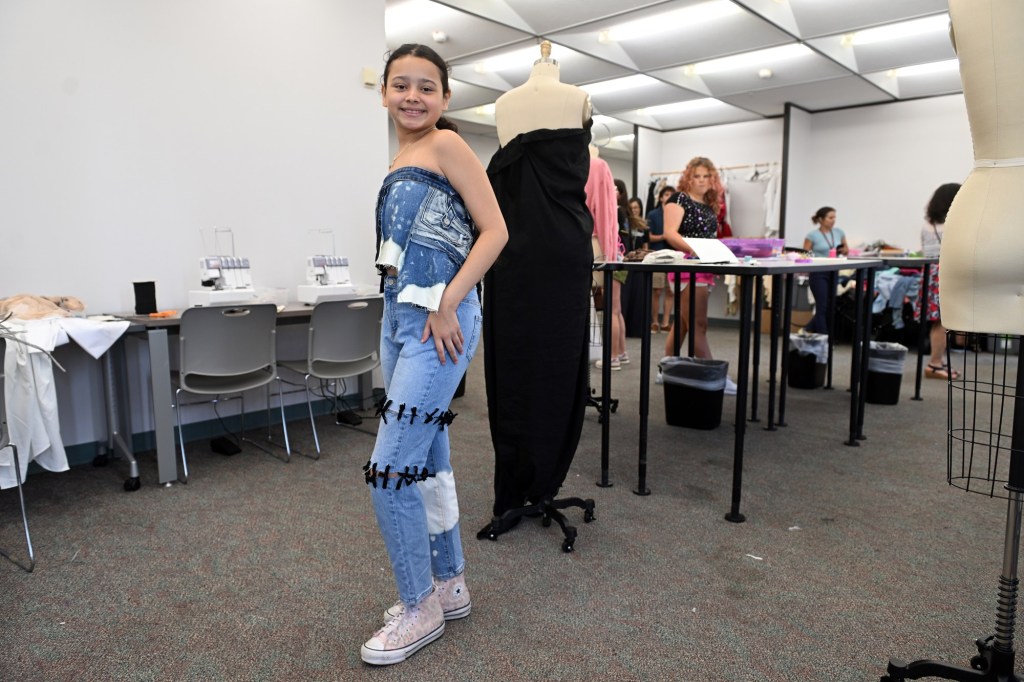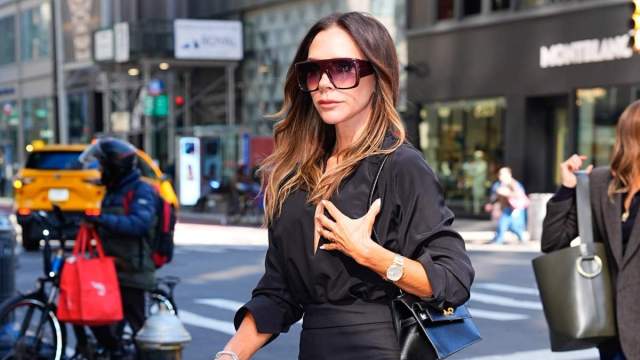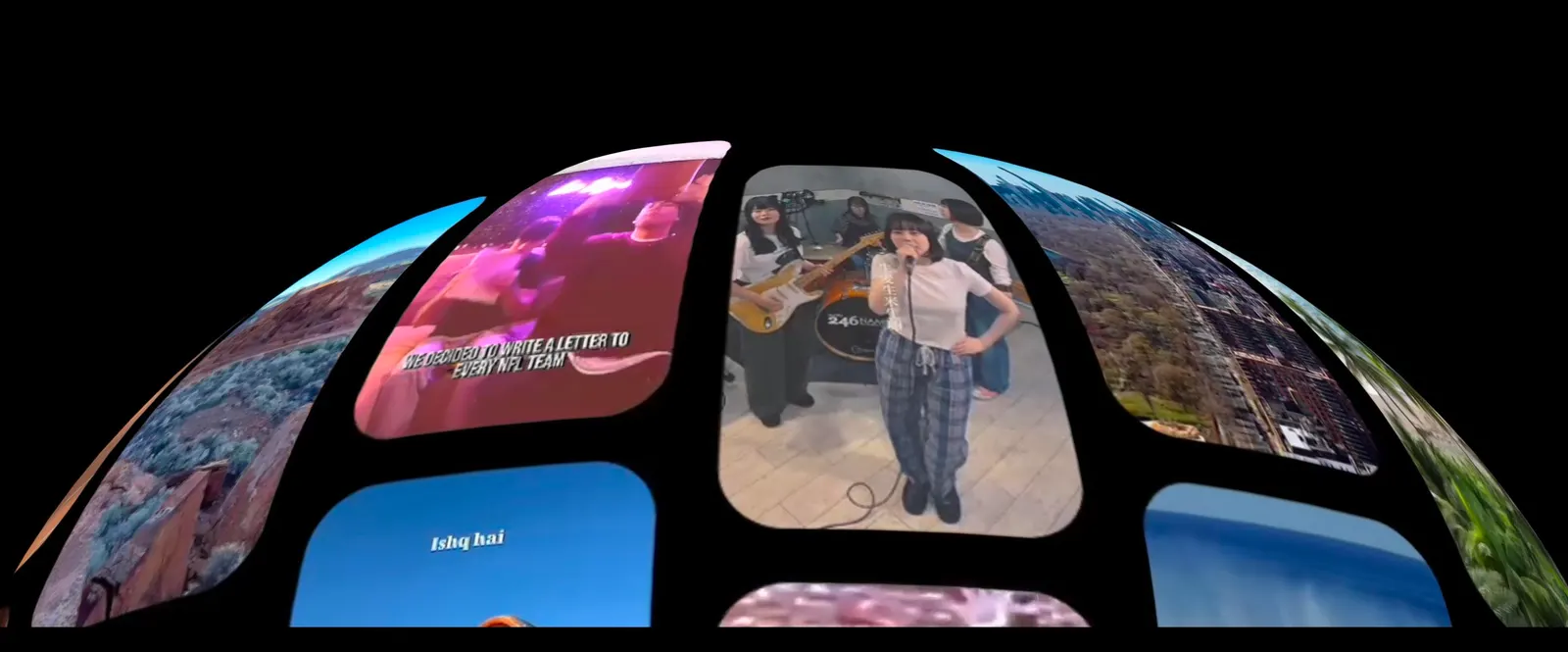When Pricilla Davila-Acosta heads back to school in August, she’ll be wearing a new outfit. But unlike most teens and tweens, the 12-year-old Antietam School District student didn’t buy new clothes at a local shop or online. She made her own using salvaged fabrics and trim.
Davila-Acosta was one of more than 30 students who participated this month in Alvernia University’s Total Experience Learning Fashion and Sustainability Camp.
During two four-day camp sessions, students in fifth through 12th grades developed their sewing skills and learned to upcycle and repurpose materials to create stylish, sustainable fashion.
Upcycling is the practice of reusing discarded objects or materials to create something of higher quality than the original, explained MeeAe Oh-Ranck, camp cofacilitator with Melissa Azzarello.
The best part of the camp, Oh-Ranck said, was watching the students’ creativity blossom.
“This is really exciting,” she said, “They’re incredibly smart, and they have a clear vision in terms of creativity.”
The camp started a few years ago when TExpL was affiliated with Albright College. For the past two years, it has been housed in the John R. Post Center at Alvernia’s Reading CollegeTowne.
The idea is to foster creativity and environmental awareness, Oh-Ranck said.
Activities included experimenting with safe, natural dyes, such as indigo, and exploring traditional dye processes, including Japanese shibori techniques, which use stitching, folding and twisting to create tie-dyed like designs.

The campers also learned about the worldwide environmental impacts of the fashion industry and the socio-economic challenges tied to global textile production.
The textile industry is widely recognized as the second-largest polluting industry globally, following petroleum, Oh-Ranck said. Its significant environmental impact stems from water and energy consumption, chemical use in dyeing and finishing, the production of textile waste and other factors, she noted.
Textile waste, primarily from discarded clothing and household textiles, is a growing environmental problem, according to the U.S. Environmental Protection Agency.
The U.S. alone sends 11.3 million tons of textile waste, or about 85% of all textiles, to landfills annually, according to the EPA.
Campers also learned about the difference between sustainable and fast fashion.
Fast fashion focuses on rapidly produced trendy, inexpensive clothing, Oh-Ranck said. It prioritizes low prices, encouraging frequent purchases and quick disposal of clothing.
The cheaper synthetic fabrics used for fast fashion tend to be harder on the environment, she said. Additionally, she noted, fast fashion raises ethical concerns about labor practices, low wages and working conditions in garment factories worldwide.
Sustainable fashion, on the other hand, minimizes environmental and social harm by employing eco-friendly materials, ethical labor practices and a focus on reducing waste and promoting longer use, she said.
“So we are not just talking about fashion,” Oh-Ranck said. “We teach them environmental aspects, and we talk about how we can make a change.”
When it came to creating their own designs, the campers let their imaginations lead, Azzarello said. There was just one restriction: They had to use the salvaged and recycled materials provided.

And there was no shortage of choices at hand.
Before the camp sessions got underway, Azzarello and Oh-Ranck worked with Opportunity House’s Opp Shop warehouse, 140 Lemon St., to gather textiles for the campers’ use.
“We rummaged through some of the donated clothes,” Azzarello said, “and we brought back a wide variety of materials and colors and patterns for them to choose from so they could repurpose it, because the whole point is sustainability.”
The students and their leaders took a field trip to Berks Container Recovery Center, 7 Morgan Drive, where they chose nontraditional materials, such as wire, bottle caps and fairy lights to be repurposed as well, she said.
The students’ designs turned out as diverse as the girls themselves.
“We like to give the students agency to choose their materials, their designs,” Azzarello said. “Ultimately, all the decisions are left up to them, because it’s their piece, it’s their design, and we want them to be innovative with it.”
Some creations looked comfortable and wearable, while others appeared ready for a couture runway or art gallery showing.
Davila-Acosta’s playful denim set included a bandeau top with handkerchief hem and matching cutoffs, slashed and tied together at capri length.
For the first day of school, she’ll toss a cropped jacket over the strapless top for a more modest look, she said.


